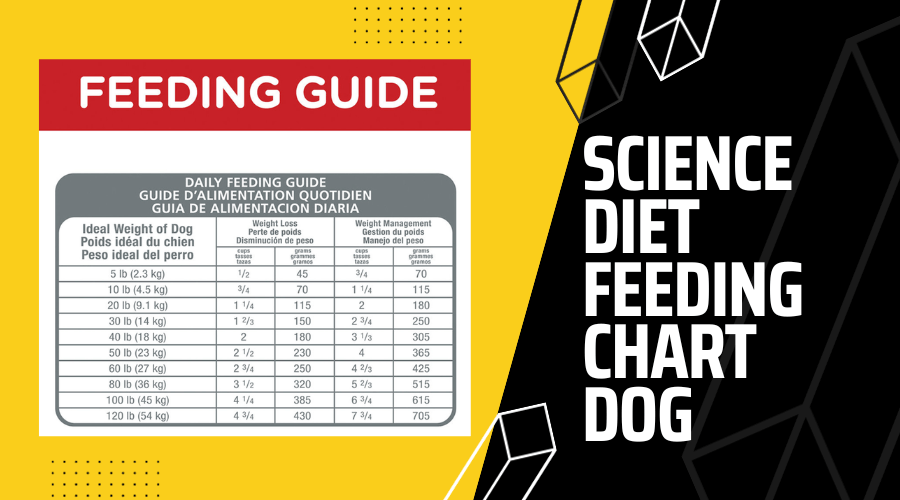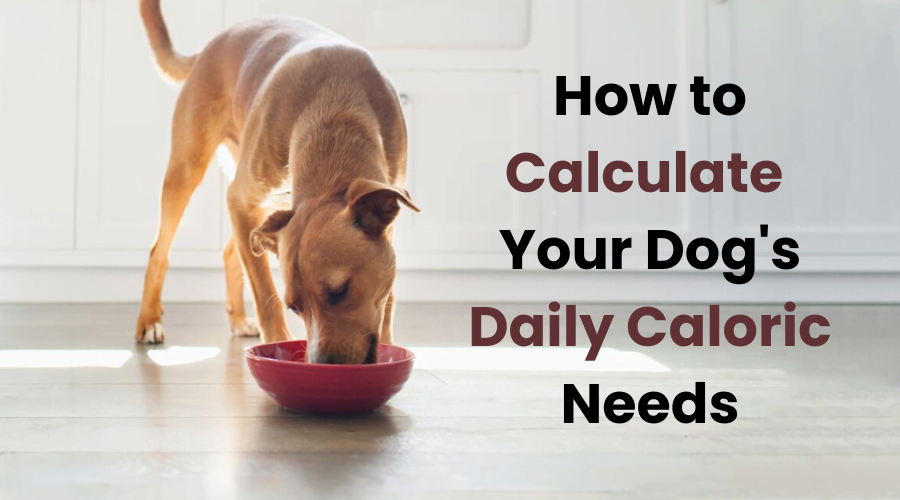Introduction
Proper nutrition is essential for the overall health and well-being of dogs. Just like humans, dogs require a balanced diet to thrive and live a long, healthy life. One tool that can help dog
wners ensure their pets are getting the right nutrients is the Science Diet Feeding Chart. This chart provides guidelines for feeding dogs at different life stages and can be a valuable resource for pet owners looking to provide the best nutrition for their furry friends.
Understanding the Science Diet Feeding Chart
The Science Diet Feeding Chart is a comprehensive guide that helps dog owners determine the appropriate amount of food to feed their pets based on their age, weight, and activity level. The chart is divided into different sections for puppies, adult dogs, and senior dogs, with specific recommendations for each stage of life.
To read the chart, dog owners need to know their pet’s weight and age. The chart provides a range of recommended daily feeding amounts based on these factors. It also includes information
n on the different types of Science Diet dog food available, such as dry kibble, wet food, and treats.

Importance of Proper Nutrit
ion for Dogs
Proper nutrition is crucial for dogs as it plays a significant role in their overall health and well-being. A balanced diet provides dogs with the necessary nutrients, vitamins, and minerals they need to support their immune system, maintain a healthy weight, and promote optimal organ function.
Feeding dogs a balanced diet can help prevent various health issues, including obesity, diabetes, and heart disease. It can also improve their coat and skin health, promote healthy digestion, and support strong bones and teeth.
On the other hand, poor nutrition can have detriment
al effects on a dog’s health. Dogs that are fed an unbalanced diet or are given excessive amounts of unhealthy treats can become overweight or malnourished. This can lead to a range of health problems, including joint issues, digestive disorders, and a weakened immune system.
Factors to Consider When Choosing a Dog Food
When choosing dog food, there are several factors to consider. First and foremost, it’s important to read the ingredient labels to ensure that the food contains high-quality ingredients and is free from artificial additives and fillers.
It’s also essential to consider your dog’s specific needs, such as their age, breed, and any existing health conditions. Some dogs may require a specialized diet, such as grain-free or hypoallergenic food, to address specific dietary sensitivities or allergies.
Additionally, it’s important to consider the type of dog food that best suits your lifestyle and preferences. Dry kibble is convenient and can help promote dental health, while wet food can be more palatable for picky eaters. Treats should be given in moderation and should be nutritious and low in calories.
How to Determine Your Dog’s Ideal Weight
Maintaining a healthy weight is crucial for dogs as it can help prevent various health issues. To determine your dog’s ideal weight, you can assess their body condition score (BCS). The BCS is a visual and tactile evaluation of your dog’s body fat and muscle mass.
To assess your dog’s BCS, you can look for certain indicators. A dog at a healthy weight should have a visible waist when viewed from above, and you should be able to feel their ribs without excess fat covering them. If your dog is underweight, their ribs may be easily visible and their waist may be overly pronounced. If your dog is overweight, they may have no visible waist and their ribs may be difficult to feel due to excess fat.
It’s important to consult with your veterinarian if you are unsure about your dog’s ideal weight or if you need guidance on how to help them reach a healthy weight.
How to Calculate Your Dog’s Daily Caloric Needs

Calculating your dog’s daily caloric needs is essential to ensure they are getting the right amount of food to maintain a healthy weight. Several factors influence a dog’s caloric needs, including their age, weight, activity level, and metabolism.
To calculate your dog’s daily caloric needs, you can use the following formula:
Resting Energy Requirement (RER) = 70 x (body weight in kg)^0.75
Maintenance Energy Requirement (MER) = RER x Activity Factor
The activity factor can range from 1.2 for sedentary dogs to 2.5 for highly active dogs. By multiplying the RER by the appropriate activity factor, you can determine your dog’s daily caloric needs.
How to Use the Science Diet Feeding Chart for Puppies
Puppies have unique nutritional needs as they are growing rapidly and require more calories and nutrients than adult dogs. The Science Diet Feeding Chart provides specific recommendations for feeding puppies based on their age and weight.
For example, for a 2-month-old puppy weighing 10 pounds, the chart recommends feeding them 1 1/4 cups of Science Diet puppy food per day. As the puppy grows, the recommended amount of food will increase. It’s important to follow the feeding guidelines on the chart and adjust the amount of food as needed to ensure the puppy is growing at a healthy rate.
How to Use the Science Diet Feeding Chart for Adult Dogs
The Science Diet Feeding Chart also provides recommendations for feeding adult dogs. The amount of food needed will depend on the dog’s weight and activity level.
For example, for a 50-pound adult dog with a moderate activity level, the chart recommends feeding them 2 3/4 cups of Science Diet adult dog food per day. It’s important to adjust the amount of food based on the dog’s individual needs and monitor their weight to ensure they are maintaining a healthy weight.
How to Use the Science Diet Feeding Chart for Senior Dogs
Senior dogs have different nutritional needs compared to puppies and adult dogs. The Science Diet Feeding Chart provides specific recommendations for feeding senior dogs based on their age and weight.
Senior dogs may require fewer calories as they tend to be less active and have a slower metabolism. The chart provides guidelines for feeding senior dogs based on their weight and activity level. It’s important to follow these recommendations and adjust the amount of food as needed to ensure the senior dog is maintaining a healthy weight and getting the nutrients they need.
How to Adjust Your Dog’s Feeding Schedule Based on Activity Level
It’s important to adjust your dog’s feeding schedule based on their activity level to ensure they are getting the right amount of calories to support their energy needs. Dogs that are highly active, such as working dogs or dogs that participate in agility or sports, may require more calories than sedentary dogs.
If your dog is highly active, you may need to increase their daily caloric intake by 10-20% to provide them with the energy they need. On the other hand, if your dog is less active or has a sedentary lifestyle, you may need to decrease their daily caloric intake to prevent weight gain.
It’s important to monitor your dog’s weight and body condition regularly and make adjustments to their feeding schedule as needed. Consulting with your veterinarian can also provide guidance on how to adjust your dog’s diet based on their activity level.
How to Monitor Your Dog’s Health and Adjust Their Diet Accordingly
Monitoring your dog’s health is crucial to ensure they are getting the right nutrition and to detect any potential health issues early on. Regular check-ups with your veterinarian can help assess your dog’s overall health and identify any nutritional deficiencies or imbalances.
In addition to veterinary check-ups, it’s important to observe your dog’s behavior, appetite, and body condition. Changes in appetite, weight loss or gain, lethargy, or changes in coat quality can be signs of underlying health issues or nutritional imbalances.
If you notice any changes in your dog’s health or behavior, it’s important to consult with your veterinarian. They can provide guidance on how to adjust your dog’s diet accordingly to address any health concerns.
FAQs
1. Is Science Diet dog food suitable for all breeds and sizes of dogs?
Yes, Science Diet offers a range of dog food formulas that are suitable for all breeds and sizes of dogs. They have specific formulas for puppies, adult dogs, and senior dogs, as well as specialized formulas for dogs with specific dietary needs or health conditions.
2. Can I mix different types of Science Diet dog food?
Yes, you can mix different types of Science Diet dog food to provide variety and meet your dog’s nutritional needs. However, it’s important to follow the feeding guidelines on the packaging and adjust the amount of food accordingly.
3. Can I give my dog treats in addition to their regular meals?
Yes, you can give your dog treats in moderation as long as they are nutritious and low in calories. It’s important to consider the calorie content of treats and adjust the amount of regular food accordingly to prevent overfeeding.
Conclusion: The Benefits of Using the Science Diet Feeding Chart for Your Dog’s Health
Proper nutrition is essential for the overall health and well-being of dogs. The Science Diet Feeding Chart is a valuable tool that can help dog owners provide the best nutrition for their pets at every stage of life. By following the feeding recommendations on the chart and monitoring their dog’s health, owners can ensure their furry friends are getting the right nutrients to thrive and live a long, healthy life.
